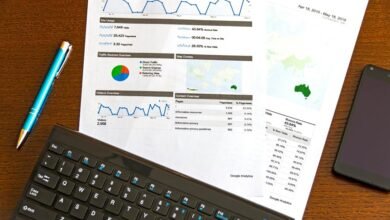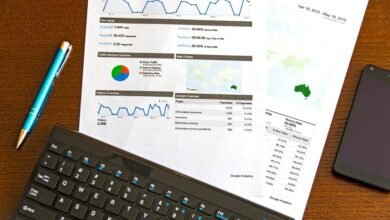290153807 Tracing Regional Mobile Breakdown Insights

The analysis of regional mobile usage patterns reveals significant differences between urban and rural consumers. Urban users tend to prioritize high-speed internet and advanced applications, while rural consumers often depend on basic mobile functionalities. Understanding these distinctions is crucial for developing targeted marketing strategies. This raises important questions about how businesses can effectively leverage data analytics to enhance their engagement efforts. What specific tactics can be employed to address these varied consumer needs?
Understanding Regional Mobile Usage Trends
How do regional variations in mobile usage influence consumer behavior?
Mobile demographics reveal distinct usage patterns across different areas, shaping preferences and engagement levels.
For instance, urban consumers may favor high-speed internet and app usage, while rural users often rely on basic functionalities.
These variations indicate that understanding regional trends is crucial for marketers seeking to tailor strategies that resonate with diverse consumer needs and lifestyles.
Key Factors Influencing Mobile Engagement
Numerous factors significantly influence mobile engagement, shaping how consumers interact with their devices.
User preferences and cultural influences dictate specific content consumption patterns, while demographic factors impact overall usage.
Additionally, device availability and connectivity issues further affect engagement levels, as users adjust their habits based on the technology at hand.
Understanding these dynamics is crucial for comprehending regional mobile behavior and trends.
Implications for Marketing Strategies
As marketers navigate the complexities of regional mobile engagement, it becomes evident that a nuanced understanding of local preferences and behaviors is essential for developing effective strategies.
Tailoring content personalization to resonate with the target audience fosters deeper connections.
Leveraging Data for Competitive Advantage
While many companies recognize the importance of data in driving business decisions, effectively leveraging that data for competitive advantage remains a challenge.
By employing data analytics, organizations can transform raw information into actionable insights.
Moreover, integrating competitive intelligence allows firms to anticipate market trends and consumer behavior, thereby enhancing strategic planning.
Ultimately, this dual approach significantly boosts market positioning and operational efficiency.
Conclusion
In conclusion, the regional mobile usage landscape resembles a mosaic, with each tile representing distinct consumer preferences shaped by urban and rural environments. By recognizing these nuanced patterns, marketers can craft targeted strategies that resonate like a well-tuned instrument, harmonizing their messages to the specific needs of diverse demographics. Ultimately, leveraging data analytics serves as the key that unlocks the door to enhanced consumer engagement, ensuring that marketing efforts are both relevant and impactful in an ever-evolving landscape.



